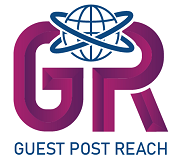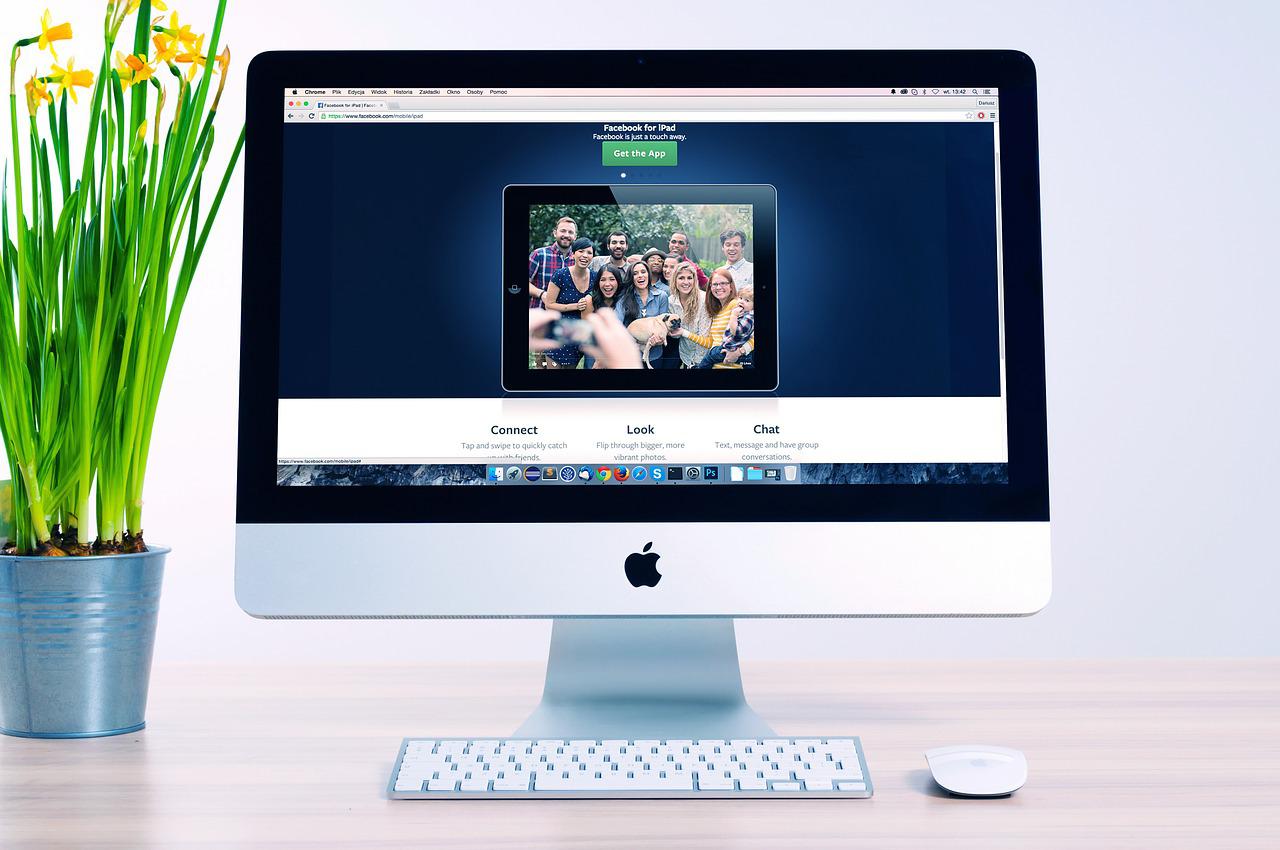Table of Contents
How to use Images on your website effectively
Image optimization involves compressing and resizing images to reduce file size without compromising quality. This process ensures faster website loading times, which is essential for retaining visitors and improving search engine rankings. Techniques such as choosing the right image format (JPEG, PNG, WebP), using responsive images, and leveraging modern tools and plugins play a significant role in effective image optimization. Images and photos form an integral part of SEO. In addition to offering a great search engine experience, they provide an interactive environment for your website visitors. Still, adding a photo to enrich your visual content doesn’t mean you’ve done all the work. An unoptimized photo or included on your website without adhering to the basic SEO rules for images can do more harm than good. Therefore, you have to take into account some essential techniques when uploading an image and giving your visitors the opportunity to enjoy your content.What is SEO for Images?
One of the different ways to drive more organic traffic to your website is to use in Digital Marketing image SEO practices. One of the most common mistakes that most bloggers make is to pay more attention to SEO for texts , and forget about the need to optimize the images that they have used on their website. Also Read: Things You Need to Know About Computers and Technology Photos can boost the web positioning of your page and attract more visitors. Therefore, it is essential to implement the most powerful SEO strategies for images and avoid the inconvenience caused by poor optimization of visual content. Let’s see the top techniques to optimize images to perfection.Top Techniques to optimize images
Use the right resolution images
The first and the most important technique to use images in a good way is to use the proper resolution . It is also one of the most common mistakes among bloggers who tend to use very large photos which tend to slow down the website and hurt its performance significantly. Something like this has a negative impact on the SEO of your page and affects the user experience, which is an essential factor to maintain a high position in the SERPs.Image performance of your page
The performance of your page will be more affected if you use the web hosting of low quality. The platform where your website data is stored plays a very important role in SEO, and it is essential to choose one that provides the positive environment for the future development of your site – Hostinger, for example. Hostinger represents a mix of fast speeds, maximum security, and stellar performance . Their services shared hosting, dedicated hosting, VPS, WordPress hosting, cloud hosting, and a range of domain options. It is one of the most used companies among bloggers in Spain and Europe as it offers impeccable services at a great price Hosting servers like Hostinger even support high-resolution images, but you should avoid using them. It is recommended to upload photos with a width no larger than 600 x 800 pixels and avoid problems that arise due to the fault of very large size.Choose the right image size
In addition to the resolution, it is the size that also matters. The idea of reducing the size of the photo and lowering its quality sounds like a catastrophe for bloggers (especially if they are dedicated to professional photography), but there is something that is worth more on the web than the quality of a photo – the speed of burden. The loading speed affects the web positioning of a page, and is essential for the performance of your site. A large image size can slow down the loading of a page, while a minimum size gives better results in terms of speed and performance. Keep in mind the following : The less image weight, the better web positioning . Therefore, it is recommended toupload the photo that does not exceed 200 KB.
Pay attention to the image format
Another very common mistake among bloggers is the use of the wrong image format. It is recommended to use the most popular formats, such as .JPG , .PNG , and .GIF and avoid the rare ones that you have never seen in your life. Let’s explain the mentioned formats in more detail:- JPG: This format is ideal for images that have many details and many colors. However, its compression often results in loss of quality. But don’t worry, its quality is enough for websites.
- PNG: .PNG images have higher quality than .JPG, but are used more for logos, screenshots, and photos that are flat or have large white spaces.
- GIF: It is one of the most popular formats, but it is used only for animated images.
How to use alt attribute tag for Image Optimization
The alt attribute (also called alternative text ) forms a crucial part of SEO and HTML, and is used to provide a detailed description of the image. Search engines use the alt tag to rank photos, which is crucial for good SEO. Let’s see how to complete an alt tag :- Use the keyword in the description of the image content
- Use the desired length; that is, be more generous in length.
Fill in Title, Caption, and Description
Although not as essential as the alt attribute , it is better to provide more information about your image if you can by using attributes like title , caption , and description. You can complete one or all three, depending on your preferences. Also read: Questions That You Must Ask Before Hiring Book Publishing Services Let’s learn more about these attributes and their advantages:- Title: The title appears when hovering over the photo, helping readers to identify it. It is recommended to fill
in this attribute whenever possible. - Legend: This attribute is used when you want to highlight the relevant data of the image.
- Description: It is not necessary to add it, but it can be useful to provide a larger context about how or where
the photo was taken.
Check Content with Images
The secret to excellent SEO is in the details. In order for Google or another search engine to fully understand your content, it is necessary to do the following:- Wrap your photo with text that refers to it.
- If you have many images, you can distribute them all over the site. Something like this is better than putting them together before or after a text.
Include the photos in the website map (sitemap)
This technique will help you rank higher in the SERPs as it allows Google to crawl photos in a more detailed and effective way. It is not necessary to create the new map only for images, but you can include them in what you have already created. The process is very simple and gives great results. For example: <image:image><image:loc>https://example.com/image.jpg</image:loc>
</image:image>

